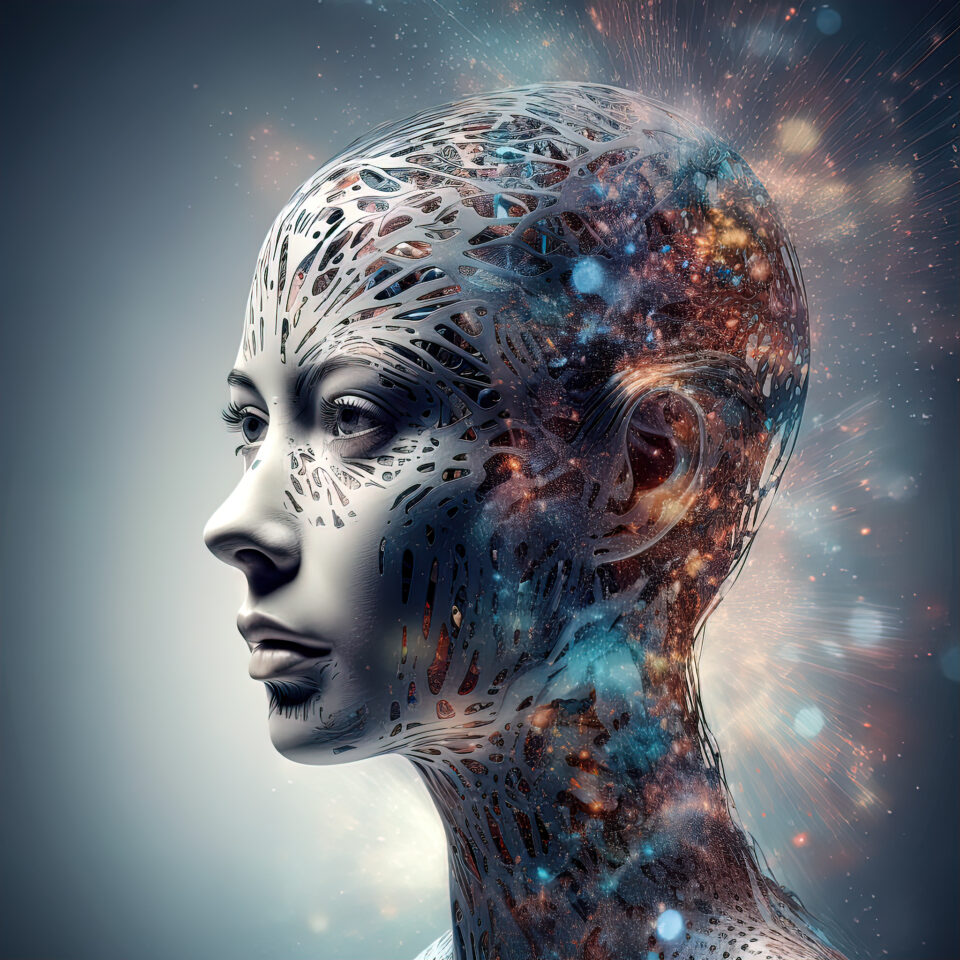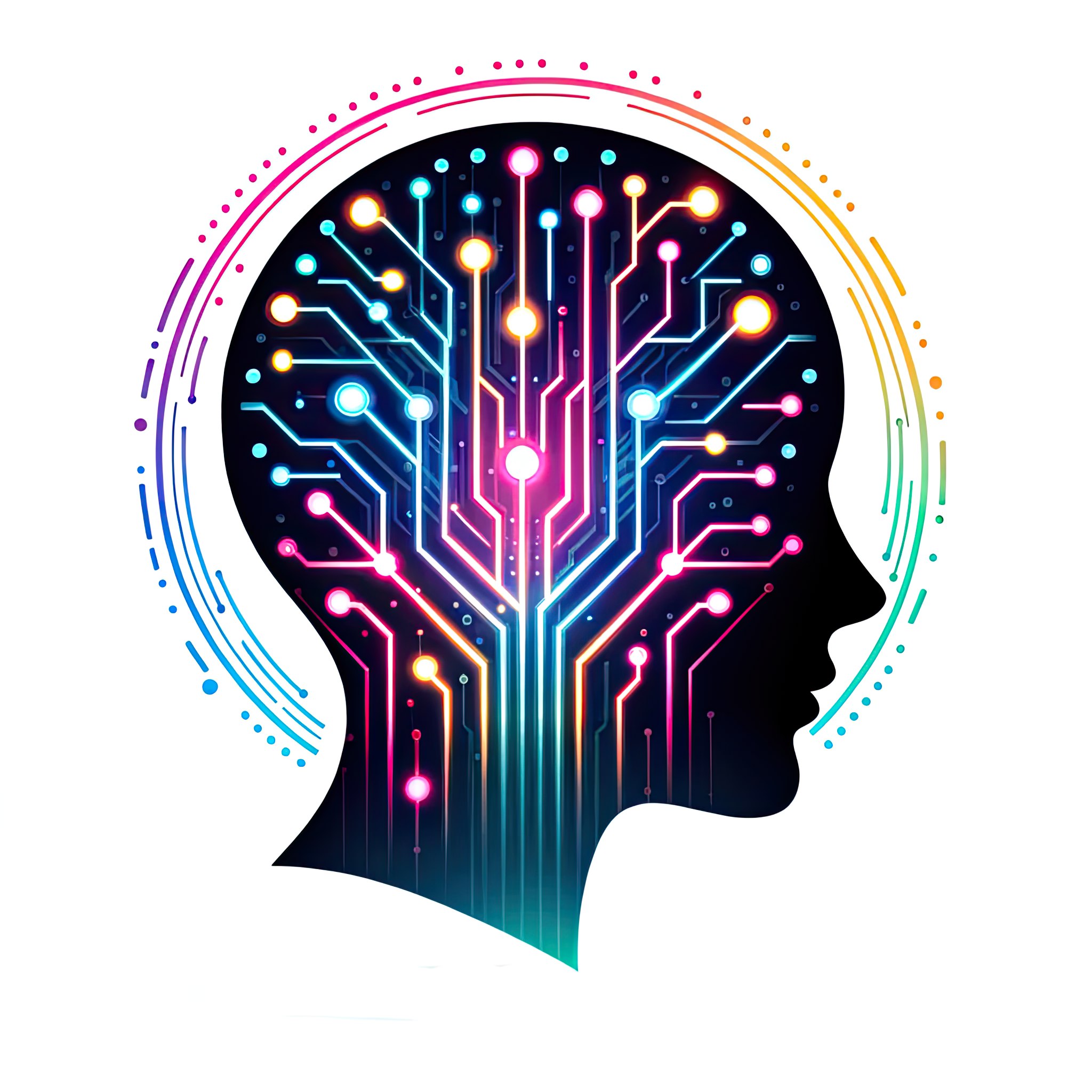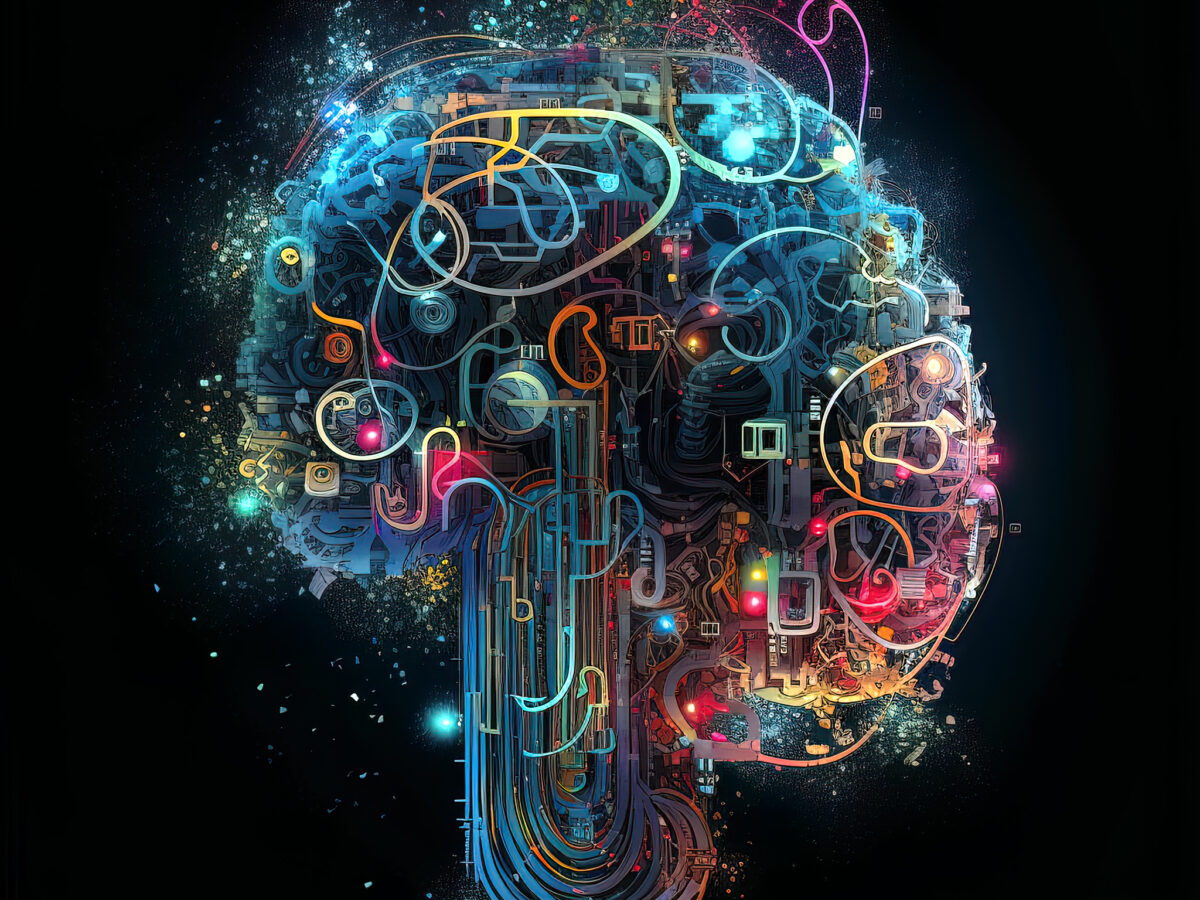Generative AI models are revolutionizing our understanding of creativity. Creativity has long been considered a distinctly human trait; however, recent advancements in AI have demonstrated that machines can also generate original and innovative content, including images, music, text, and even code. How does the creativity of generative AI models compare to human creativity? And what are the implications of this development for the future of creative work?
To explore this question, we can first examine the definition of creativity. According to the Oxford English Dictionary, creativity is “the use of imagination or original ideas to create something; inventiveness”. By this definition, generative AI models can indeed be considered creative, as they utilize algorithms and data to generate novel outputs that are not directly replicated from pre-existing sources. However, some may argue that this alone does not qualify as creativity, as generative AI models lack intentionality, emotion, and context – elements that are vital to human creativity.
Another approach to this question is to scrutinize the creative process itself. Creativity can be perceived as a blend of two phases: divergent thinking and convergent thinking. Divergent thinking involves generating a multitude of ideas or solutions for a given problem or task, while convergent thinking entails evaluating and selecting the best idea or solution from the available options. Both humans and generative AI models can engage in divergent thinking, as they can produce a range of outputs for a specific input. However, humans possess an advantage over generative AI models in convergent thinking, as they can apply criteria such as relevance, originality, usefulness, and aesthetics to assess the quality of their outputs.

As a result, it can be argued that while there may not be a significant difference between human and generative AI creativity in terms of quantity, there is a considerable disparity in terms of quality. Generative AI models can generate more content than humans in a shorter timeframe, but humans can create more meaningful and valuable content than generative AI models within a given context. This does not imply that generative AI models are inherently inferior or superior to humans in terms of creativity, but rather that they possess different strengths and limitations.
Generative AI models can augment and enhance human creativity by offering new sources of inspiration, feedback, and collaboration opportunities. Humans can guide and refine generative AI creativity by providing goals, constraints, and evaluative measures. Together, humans and generative AI models can form a synergistic partnership that fosters greater innovation and discovery.
In the future, this collaboration between humans and generative AI models may lead to the emergence of new art forms, creative industries, and problem-solving techniques. The integration of human intuition, emotion, and context with the computational power and speed of generative AI models has the potential to unlock uncharted territories of creativity, reshaping the landscape of artistic expression and innovation for generations to come.
All images and all text in this blog were created by artificial intelligences

